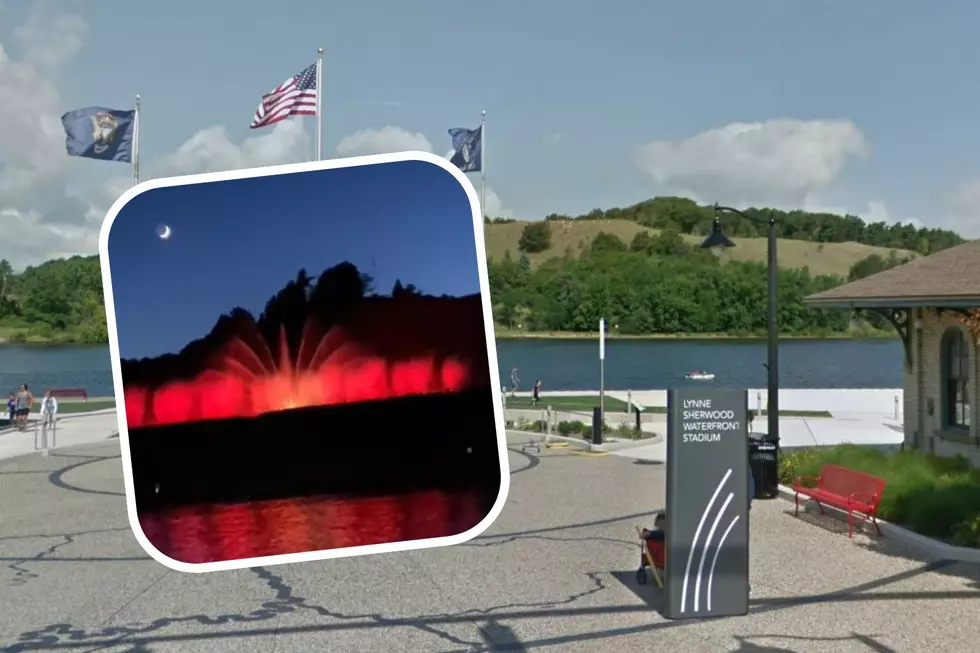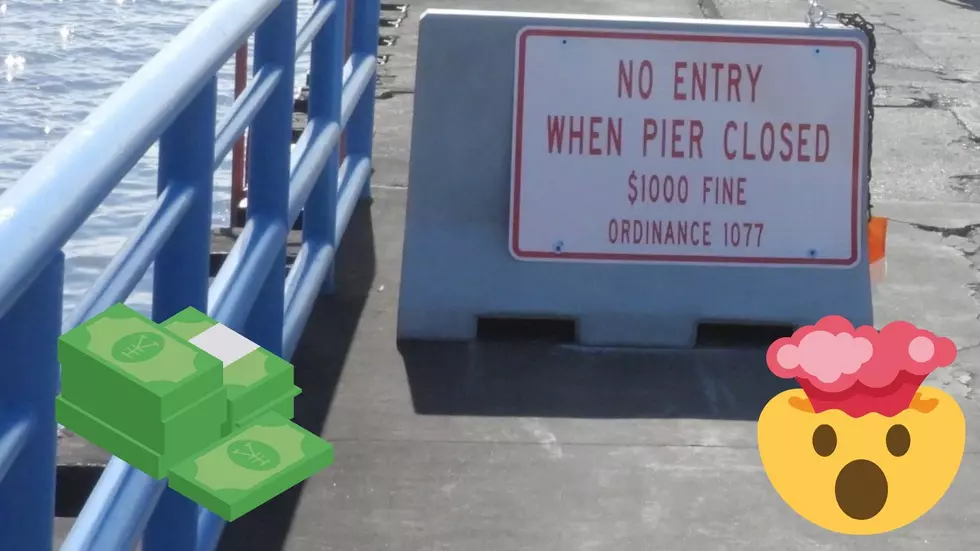
Have You Heard Of Muir, Michigan? Grand Haven’s Twin City Buried By Sand
The cities of Grand Haven, Ferrysburg, and the village of Spring Lake are commonly referred to as the Tri-Cities. (Michigan has another set of Tri-Cities as well: Saginaw, Bay City, and Midland.) But, for a brief point in time, Grand Haven, Ferrysburg, Spring Lake, and Muir made up the Quad-Cities of Michigan.
So, what happened to Muir, Michigan? Well, if you search for Muir on wikipedia, you'll find the small town of Muir in Ionia County. This is not the Muir that was the twin city of Grand Haven.
In 1858 a train depot opened at the foot of Dewey Hill, just outside of the Grand Haven city limits. This small depot was the first in the Grand Haven area and it grew into a small town over the next dozen years. You can see the town depicted in the painting from the Tri-Cities Historical museum.
The town, which is commonly referred to as "Muir" nowadays, never actually got an official name because every time a name was suggested, it was vetoed. The reason the name "Muir" has stuck today is because the editor of the Grand Haven News proposed the town be named "Muir" to honor the superintendent of the Detroit & Milwaukee Railroad. Since that was the most commonly known naming story for the town, that is what it is referred to today.
The town was very very short-lived and perhaps that is the reason it was never properly named. Since Muir was located at the foot of Dewey Hill, the sand dunes were constantly encroaching on the small town. By 1870 it became clear that maintaining the town was more hassle than it was worth and just as fast as it popped up, Muir (which was still unnamed at this point) was abandoned.
The town was literally swallowed up by sand from Dewey Hill and the surrounding dunes. You can still find the railroad tracks buried under the sand, but it would most likely be frowned upon if you started to dig up the base of Dewey Hill.
More From 107.7 WRKR-FM










